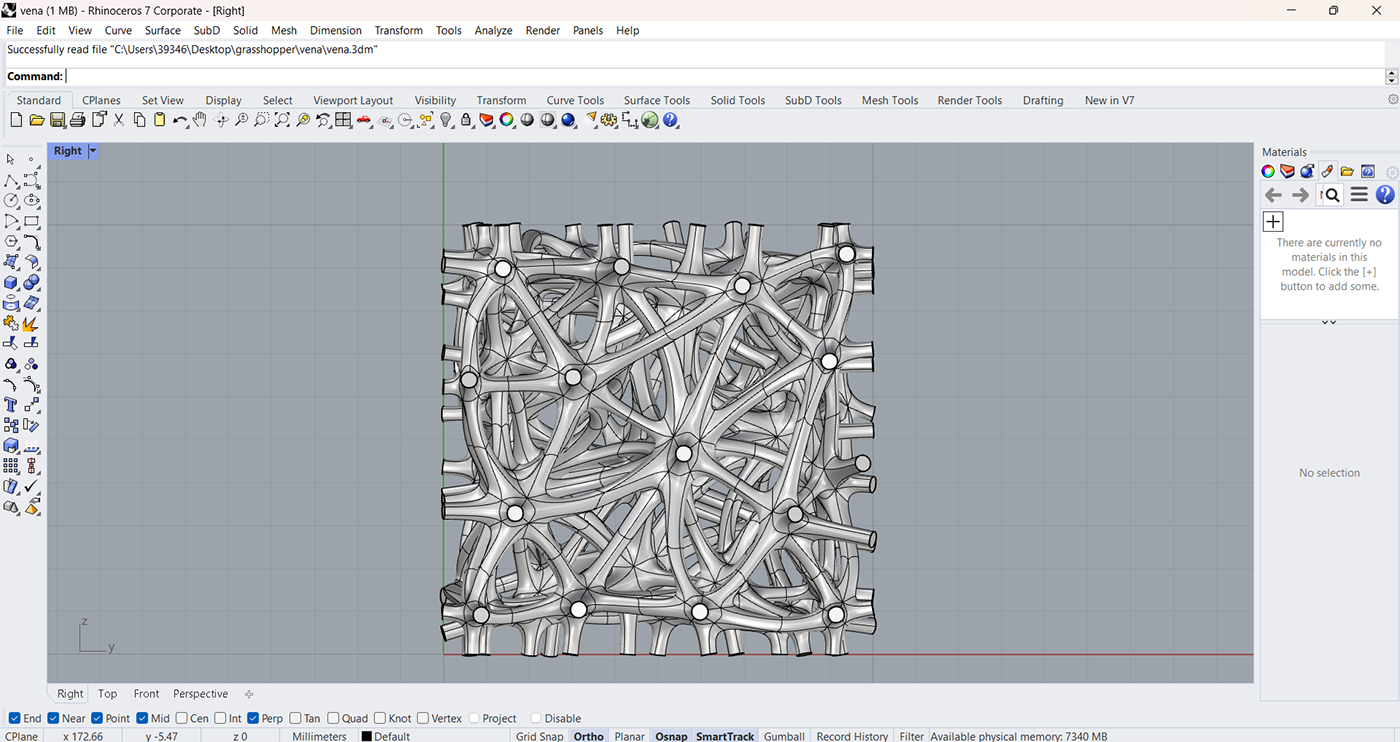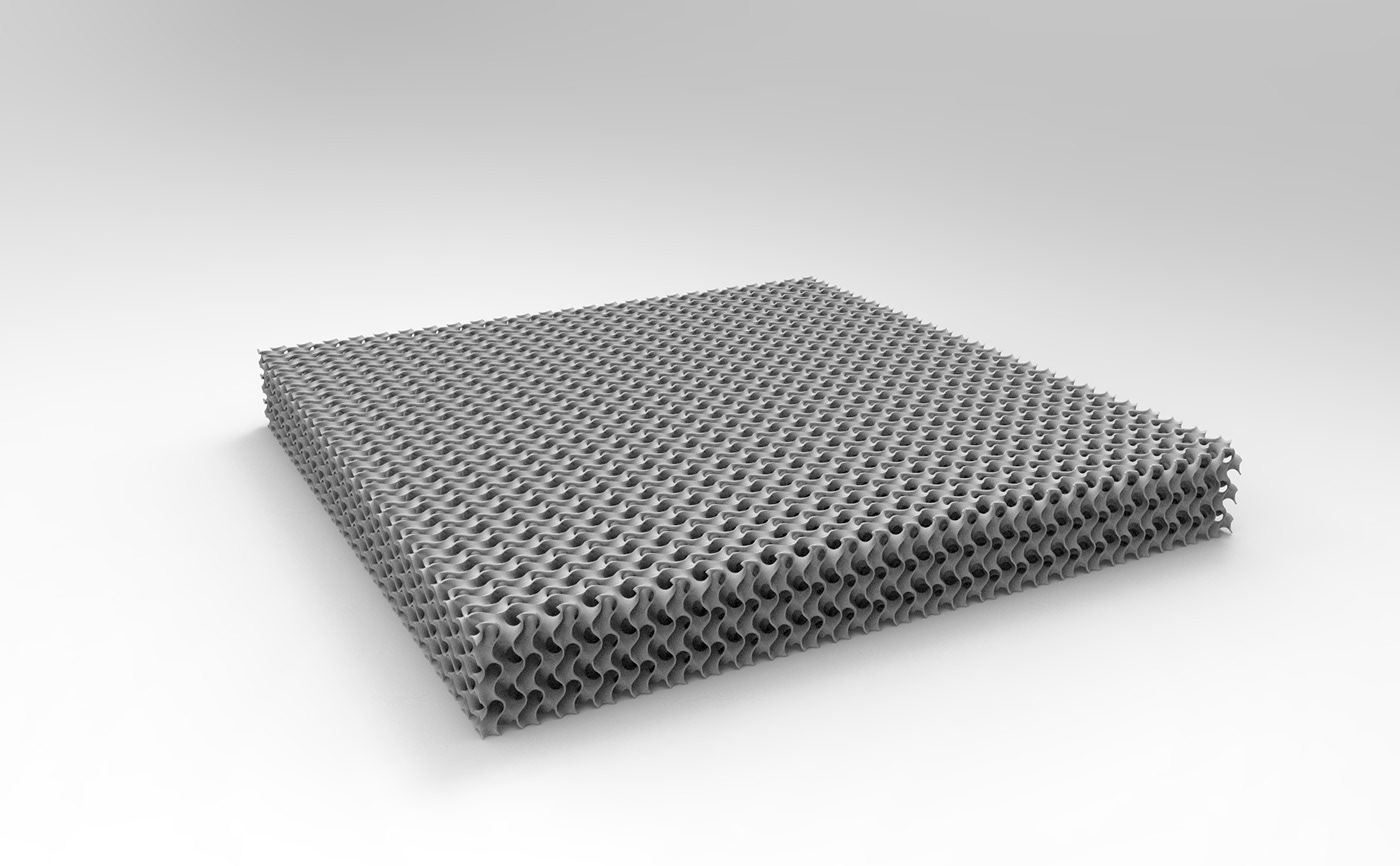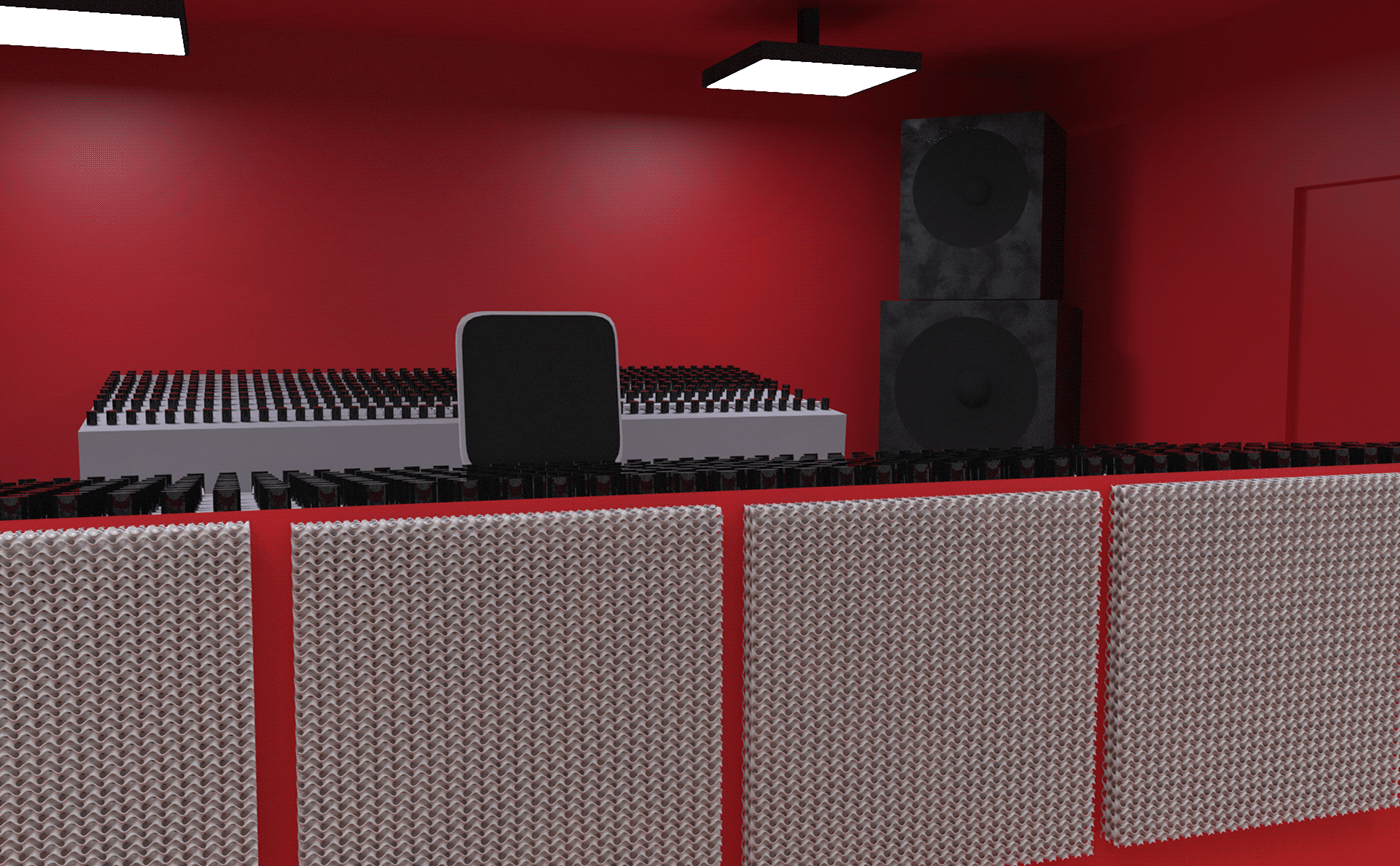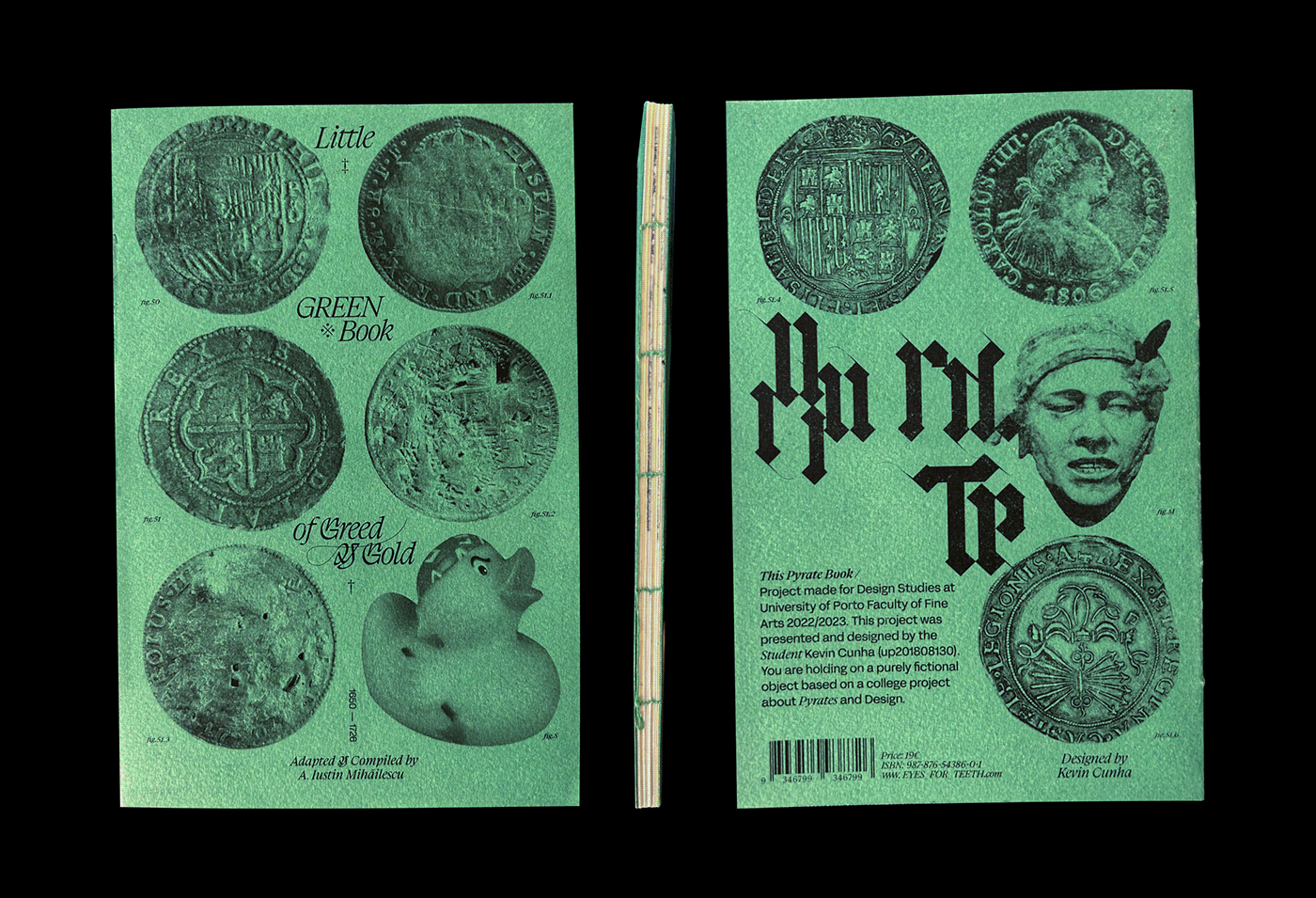
From the observation of the geometries present in nature we will create materials that reproduce the same characteristics through 3D modeling and 3D printing.

For this material we will take nervous tissue as a reference. This type of tissue is part of the central and peripheral nervous system, which have the purpose of receiving solicitations from the outside, processing them and transmitting impulses. The architecture we are interested in studying is the one that makes up the network of neurons and neuroglia cells.

Grasshopper generative algorithm for a voronoi cube with the neuronal structure and a 3D cube model generated with Grasshopper on Rhinoceros

3D printed cube with PLA

Here the internal and microscopic structure of the human bone. Through a section you can see, even with the naked eye, a low density of matter. But the way it is structured gives the bone a high mechanical resistance which can vary according to the density. This structure is in fact composed of many small pores within the bone matrix. These pores contain air, which makes bone light and strong at the same time. The size of these pores varies according to the individual and the thicker it is.

Grasshopper generative algorithm for a voronoi cube with the porous structure of bone and a 3D cube model generated with Grasshopper on Rhinoceros

3D printed cube with PLA

The honeycomb is a grouping of hexagonal cells made from beeswax built by bees in their nest to contain the larvae of the brood and to store honey and pollen. The expression “honeycomb” also refers to man-made materials that reproduce its structure. The cell axes of a honeycomb are always near-horizontal, and the rows of cells are always horizontally (not vertically) aligned. Thus each cell has two vertical walls, with “floors” and “ceilings” composed of two angled walls. The cells have a slight upward slope, towards the open end, which varies between 9º and 14º

Grasshopper generative algorithm for a cube with the honeycomb structure and a 3D cube model generated with Grasshopper on Rhinoceros

printed cube with PLA

Through various studies, a gyroid structure has been observed in the wings of the Callophrys rubi butterfly which gives the animal a high elastic modulus (Young’s modulus) and certain optical characteristics. The material from which butterfly wings are made has a gyroid structure, as well as chiral periodic structures with cubic symmetry

Grasshopper generative algorithm for a voronoi cube with the gyroid cell structure of Callophris rubi butterfly wings and a 3D cube model generated with Grasshopper on Rhinoceros

3D printed cube with PLA


Now we will will the acoustic absorption of one of these materials chosen with the aid of the Kundt tube. The Kundt tube is an experimental acoustic apparatus invented in 1866 by the German physicist August Kundt for measuring the speed of sound in a gas or in a solid rod. For this test we will examine the gyroidal-shaped material recreated by studying the butterfly wing cells Callophris Rubi because thanks to their shape composed of an infinitely connected periodic triple minimum surface it is possible to parameterize the material and perfectly control the relationship between empty and full. In a certain way it is a material comparable to a classic porous material but with the possibility of being able to numerically control these “pores”.


As we have observed through laboratory tests, the gyroidal textured material inspired by Callophrys rubi butterfly wing cells achieved good sound absorption results at high frequencies. At best it managed to achieve an absorption coefficient of almost 0.8 on a scale of 0 to 1.

Due to the possible uses of the material, it is clear to us to apply this type of geometry to products that require a certain degree of acoustic insulation, as well as an added aesthetic value. Among which we offer: - Sound-absorbing panels for interiors, exteriors, recording studios, and music halls - Outdoor furniture - Wireless headphones on ear (combined with other acoustic metamaterials) - Ear defenders for hearing protection (combined with other acoustic metamaterials.



Thanks for watching.
From the thesis
FROM THE BEHAVIOR OF NATURE TO MATERIALS AND SYSTEMS FOR DESIGN
Lab: Product Strategies, Polytechnic of Bari, 2021/2022
Thesis supervisor Prof.ssa Annalisa Di Roma
Thesis co-supervisor Prof. Francesco Martellotta
Graduating student: Giuseppe Del Frassino






